Nylon vs. Polyester Mesh
Nylon and polyester share some similarities, but they undergo different production processes, resulting in distinct characteristics.
Nylon Production:
Nylon forms by extracting carbon-based molecules from naturally occurring resources like petroleum or coal. Manufacturers heat these molecules and combine them into larger polymer molecules, creating polyamide, known as nylon.
Polyester Production:
Polyester, one of the most commonly used plastics, results from a chemical reaction between alcohol (a petroleum by-product) and carboxyl acid in a vacuum. This reaction produces a polymer that can stretch and weave into fabrics.
Advantages of Each Material
Nylon:
- Versatility and Strength: Nylon mesh fabrics excel in applications that require durability and flexibility.
- Comfort: The fibers feel smooth and soft, making nylon suitable for comfort-focused applications.
- Elastic Properties: Nylon stretches more than polyester, allowing it to retain shape even after significant stretching.
- Hydrophilic Nature: Nylon absorbs water, which can be beneficial in certain applications, but it may also lead to longer drying times.
Polyester:
- Dyeing Capability: Polyester mesh fabrics dye easily because they repel water. This property allows them to absorb pigments while expelling water, resulting in vibrant colors.
- Quick Drying: Polyester dries faster than nylon, making it ideal for marine environments or situations where moisture management is crucial.
- Flame Resistance: Polyester offers more natural flame resistance compared to nylon, enhancing its safety profile in various applications.
- UV Resistance: Polyester also resists UV degradation better, making it suitable for outdoor use.
Both nylon and polyester mesh fabrics provide unique advantages, allowing users to choose the material that best meets their specific needs and applications.
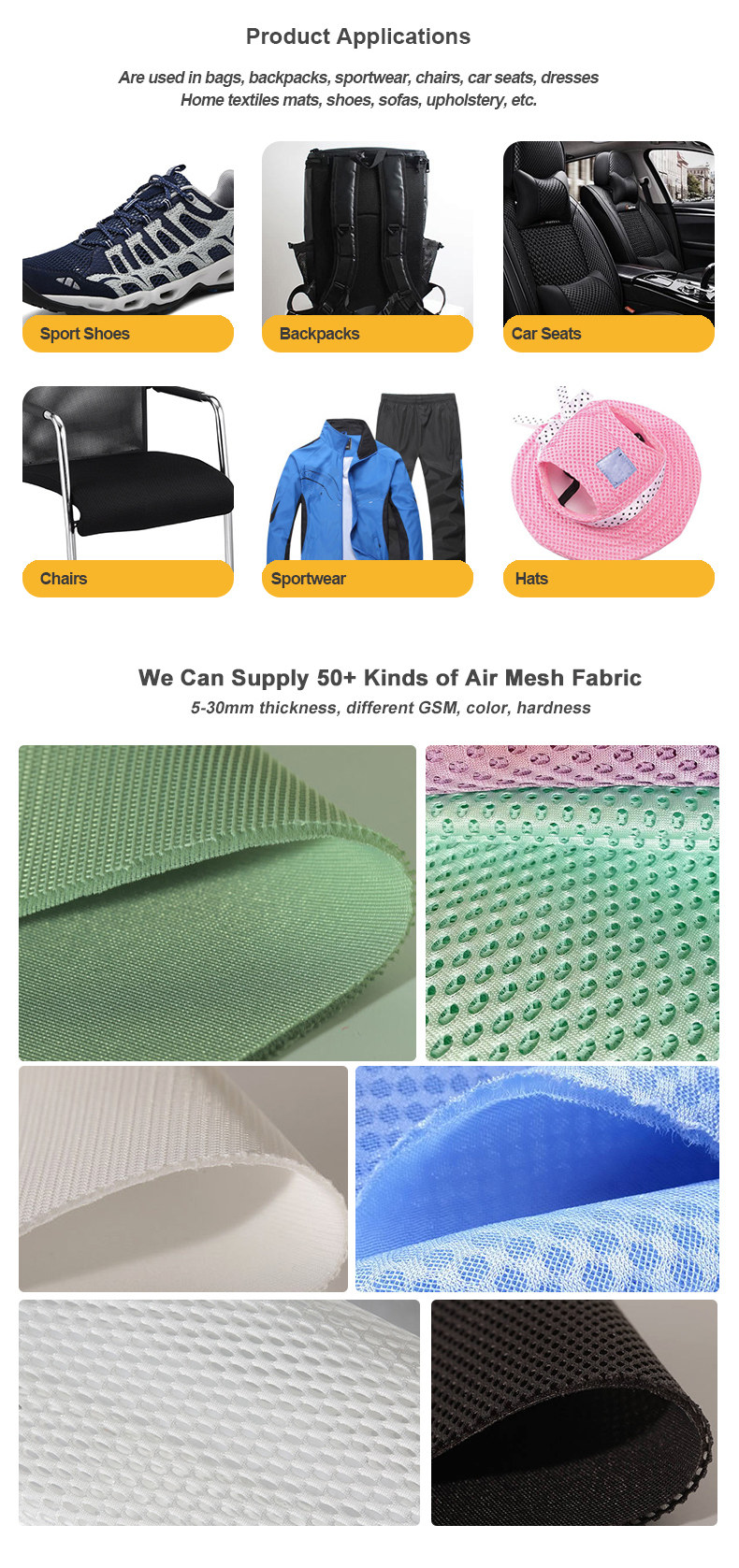
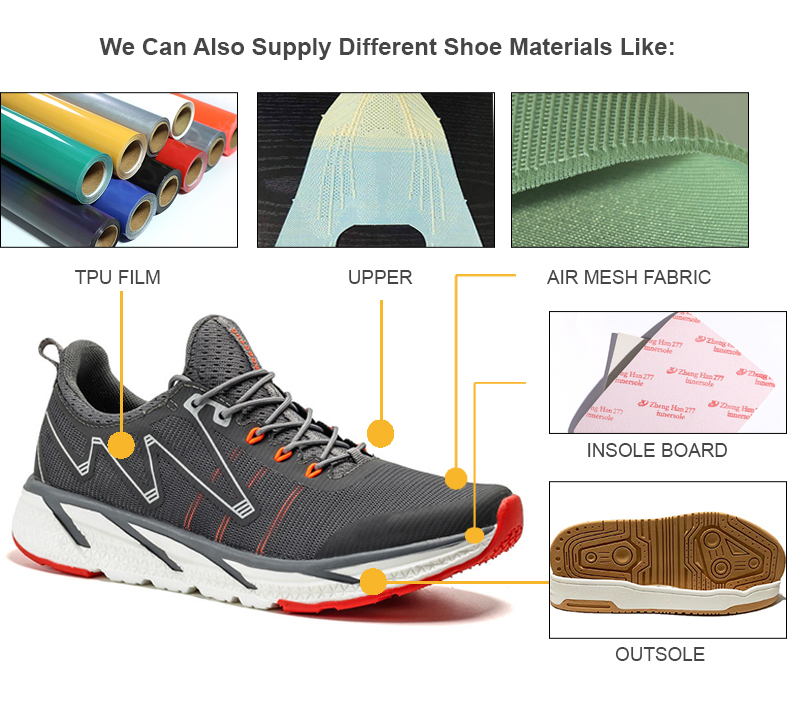

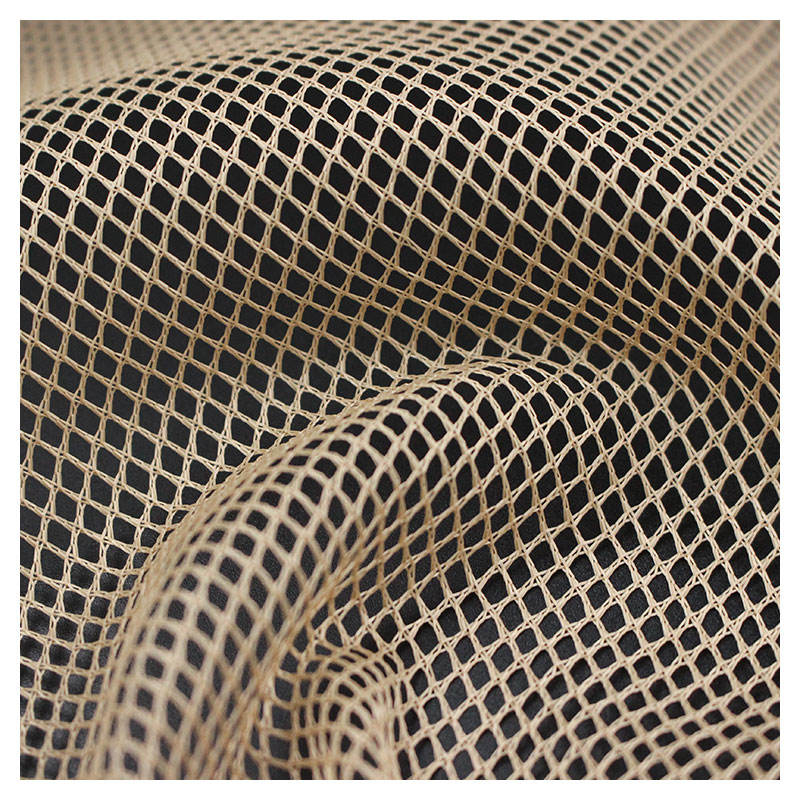






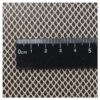
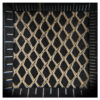


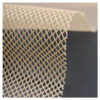
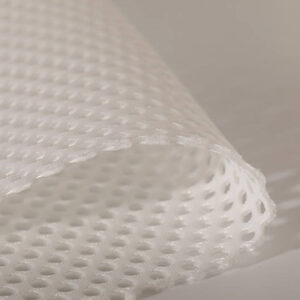


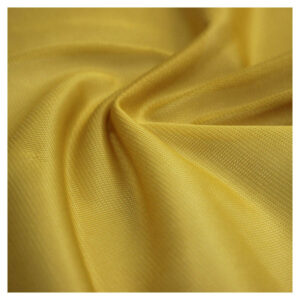
评价
目前还没有评价